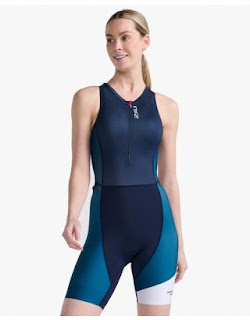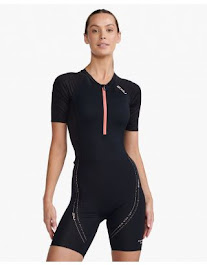Tips on Choosing the Best Swimming Wetsuit For Women
Wetsuits are a fantastic tool that enable swimmers, surfers, and others to enjoy the water year-round. The first step to remaining warm and content and prepared to concentrate on having fun is choosing the appropriate triathlon accessories and thickness of wetsuit for the region and activity that you will be undertaking. Thickness is only one factor to consider when selecting a wetsuit, so stay with us and we'll walk you through the entire process so you can be sure you're receiving the finest wetsuit for you.
What Kinds of Wetsuits Are There?
Wetsuits come in a wide variety of styles, from thick, flexible reef shorts for the tropics to ultra-warm complete suits for ice-cold water. The first step in picking your suit is to choose the appropriate sort of tri suits australia for the water temperature you will be swimming or surfing in. Regardless of the kind, the general rule of thumb is that a full suit is preferable for chilly to cold water, while a spring or summer suit offers the greatest compromise between warmth and mobility for warmer water. We'll examine the four major subcategories of women's wetsuits in this section.
Full suit
This traditional swimming wetsuit womens, also known as a steamer, comes in every thickness range from 2mm up and covers the entire body from the wrists and ankles up. This is the first type you should own unless you reside somewhere tropical.
Shorty or Spring Suit
Short legs, long or short sleeves, and a covered chest are all features of the spring suit/shorty design. Spring suits are manufactured with thinner neoprene (1-2mm) for optimal comfort and ease of movement because they are intended for warmer water.
Short Janes
Long Janes/Farmer Janes, the female equivalent of "Long Johns," have full-length legs and a sleeveless top, offering the user total freedom of movement while providing adequate warmth for submerged legs.
While Trying a Wetsuit
- Watch out for pockets of chilly water forming around the lower back, crotch, shoulders, or knees. Also, check sure there is no bunching around the ankles or wrists.
- Make sure the suit isn't too constrictive by stretching and paddling to check your range of motion. You're set to go if it fits like a (slightly tight) second skin at the store.
- Check to see whether you can easily squeeze the neoprene between two fingers, stretch it, and feel it snap back tight against the skin around the neck, wrists, and ankles.
The majority of swimming wetsuits include thinner panels for flexibility and larger panels for warmth when necessary. Warmth increases with wetsuit thickness. You will want something in the 5 to 6 mm range if you're searching for winter waves in Norway, Iceland, or Canada. You'll be alright with anything in the 1-3mm range if you're summer surfing in a region with temperate temperatures. Remember to factor in wind chill, your personal level of sensitivity to cold, and if you're wearing boots or a hood. Keep in mind that maintaining a warm core temperature translates to increased enjoyment in the water when considering stretch and warmth.
We've barely scratched the surface of everything we do to make sure that every wetsuit performs as good as it looks and feels since wetsuit design is a highly developed science. Although a decent 2XU trisuit is not inexpensive, we believe it is well worth the cost when you consider everything goes into one.
visit Website.




Comments
Post a Comment